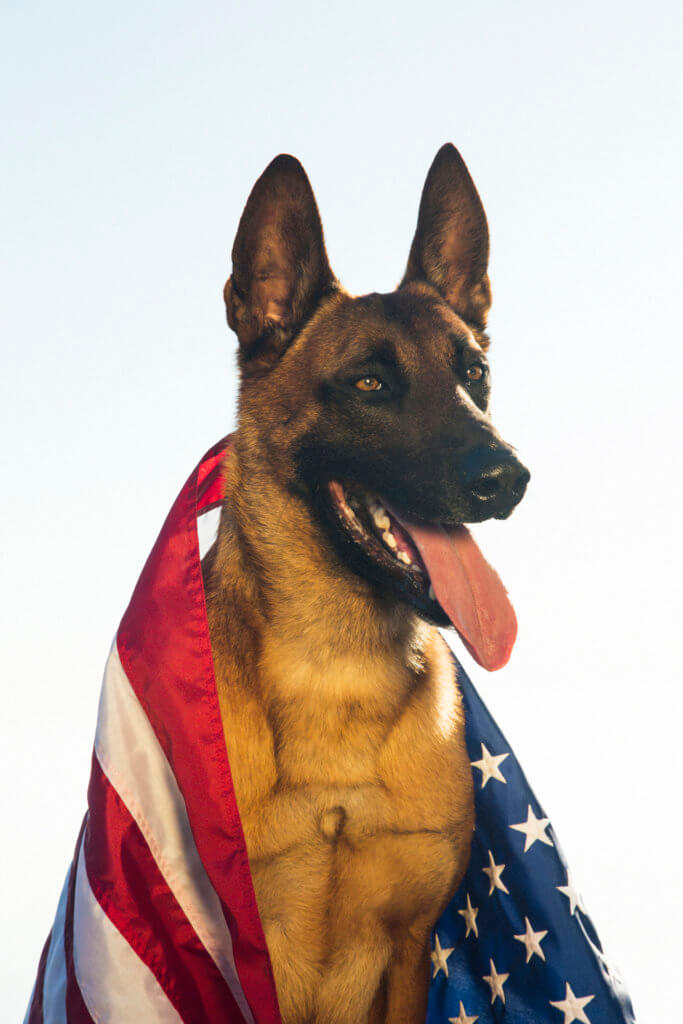photography: jared ryder
words: noah davis
Judo de Loucyn is jumping. Exploding off the ground, really. Seventy-two pounds of muscle, sinew, and strength, launched into the air at the behest of his trainer, Joseph Cinnante. The dog, a Belgian Malinois, effortlessly clears a seven-foot high palisade after hauling his enormous body over a four-foot hurdle and long-jumping more than 14 feet. Impressive stuff for a two-year-old dog who stands just 25 inches at the shoulder.
After the jumps, Judo will perform an obedience routine and attack work—displays of patience and restraint followed by vicious but controlled biting and protection.  The entire affair takes half an hour, as judge Laurent Bernard watches carefully, scoring Judo on his performance. Bernard and Cinnante drip with sweat in the 94-degree heat. Judo simply keeps working.
The entire affair takes half an hour, as judge Laurent Bernard watches carefully, scoring Judo on his performance. Bernard and Cinnante drip with sweat in the 94-degree heat. Judo simply keeps working.
The event is the North American Ring Association (NARA) Western Regional Trial, held on a blistering hot, late fall day at Copper State Ring Club in Cave Creek, Arizona. The sport is French Ring. It dates to the late 1800s and allows protection dogs to show off their abilities at one of four levels: Brevet, Ring I, Ring II, and Ring III. French Ring's history in the United States is much shorter. NARA, formed with help from France's Societe Centrale Canine, started in 1986. Cinnante estimates that the sport consists of a few hundred American diehards—a passionate, elite group of trainers, decoys, and breeders. Although some handlers use German Shepherds, Doberman Pinschers, and Rottweilers for French Ring, most prefer Belgian Malinois. They are slightly smaller and more athletic, essential traits for the physical nature of the sport and the amount of jumping it requires.
Judo isn't the only dog competing in Arizona, but he's one of the best. He'll win the Ring I competition, earning 197.3 out of a possible 200 points and defeating rivals including White Mountain Thor Du Chateau De Kama, Roos de las Flores, and Helluva Mojito du Chenil de Chasseur. (Leonardo Da Vinci finishes fifth in the Ring III competition.)